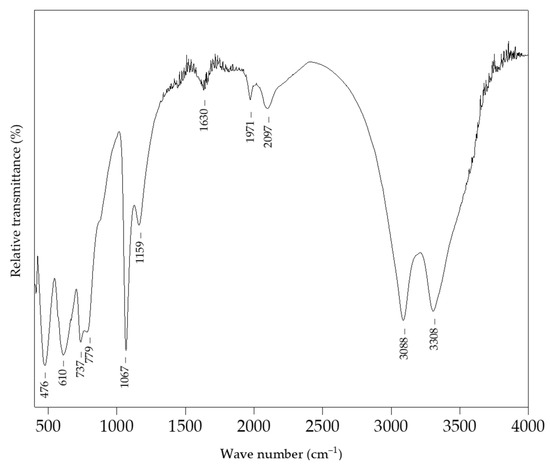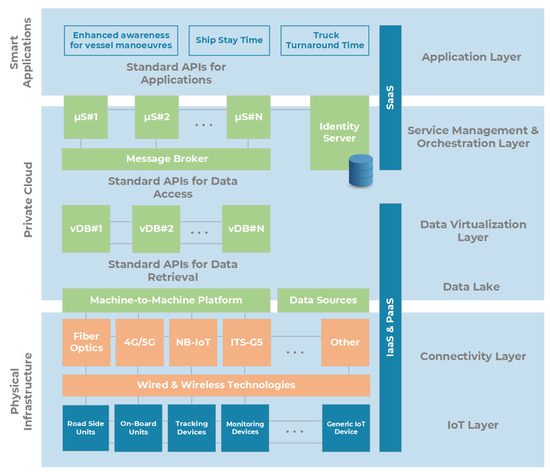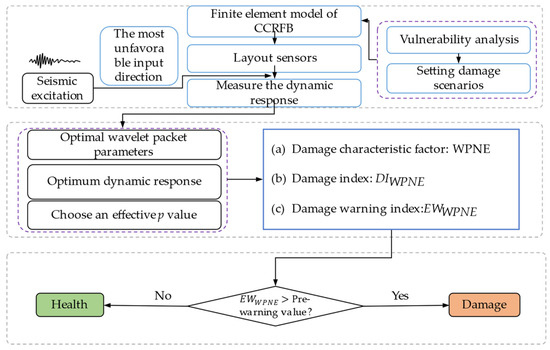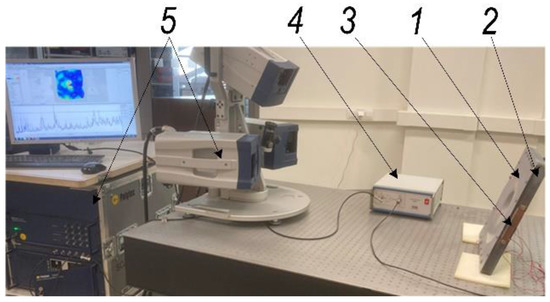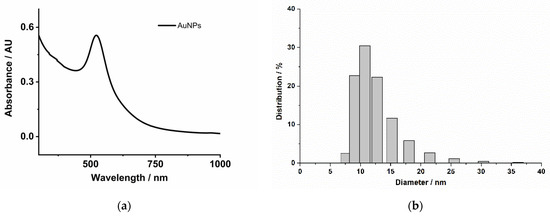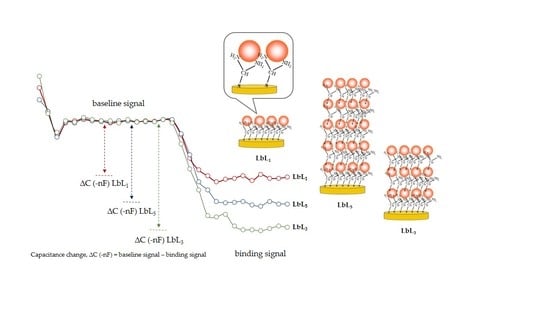Sensors 2022, 22(1), 35; https://doi.org/10.3390/s22010035 - 22 Dec 2021
Cited by 12 | Viewed by 5824
Abstract
Species identification is a critical factor for obtaining accurate forest inventories. This paper compares the same method of tree species identification (at the individual crown level) across three different types of airborne laser scanning systems (ALS): two linear lidar systems (monospectral and multispectral)
[...] Read more.
Species identification is a critical factor for obtaining accurate forest inventories. This paper compares the same method of tree species identification (at the individual crown level) across three different types of airborne laser scanning systems (ALS): two linear lidar systems (monospectral and multispectral) and one single-photon lidar (SPL) system to ascertain whether current individual tree crown (ITC) species classification methods are applicable across all sensors. SPL is a new type of sensor that promises comparable point densities from higher flight altitudes, thereby increasing lidar coverage. Initial results indicate that the methods are indeed applicable across all of the three sensor types with broadly similar overall accuracies (Hardwood/Softwood, 83–90%; 12 species, 46–54%; 4 species, 68–79%), with SPL being slightly lower in all cases. The additional intensity features that are provided by multispectral ALS appear to be more beneficial to overall accuracy than the higher point density of SPL. We also demonstrate the potential contribution of lidar time-series data in improving classification accuracy (Hardwood/Softwood, 91%; 12 species, 58%; 4 species, 84%). Possible causes for lower SPL accuracy are (a) differences in the nature of the intensity features and (b) differences in first and second return distributions between the two linear systems and SPL. We also show that segmentation (and field-identified training crowns deriving from segmentation) that is performed on an initial dataset can be used on subsequent datasets with similar overall accuracy. To our knowledge, this is the first study to compare these three types of ALS systems for species identification at the individual tree level.
Full article
(This article belongs to the Section Radar Sensors)
►
Show Figures


